Affiliate links on Android Authority may earn us a commission. Learn more.
RIP Google Stadia, the gaming service aimed at no one
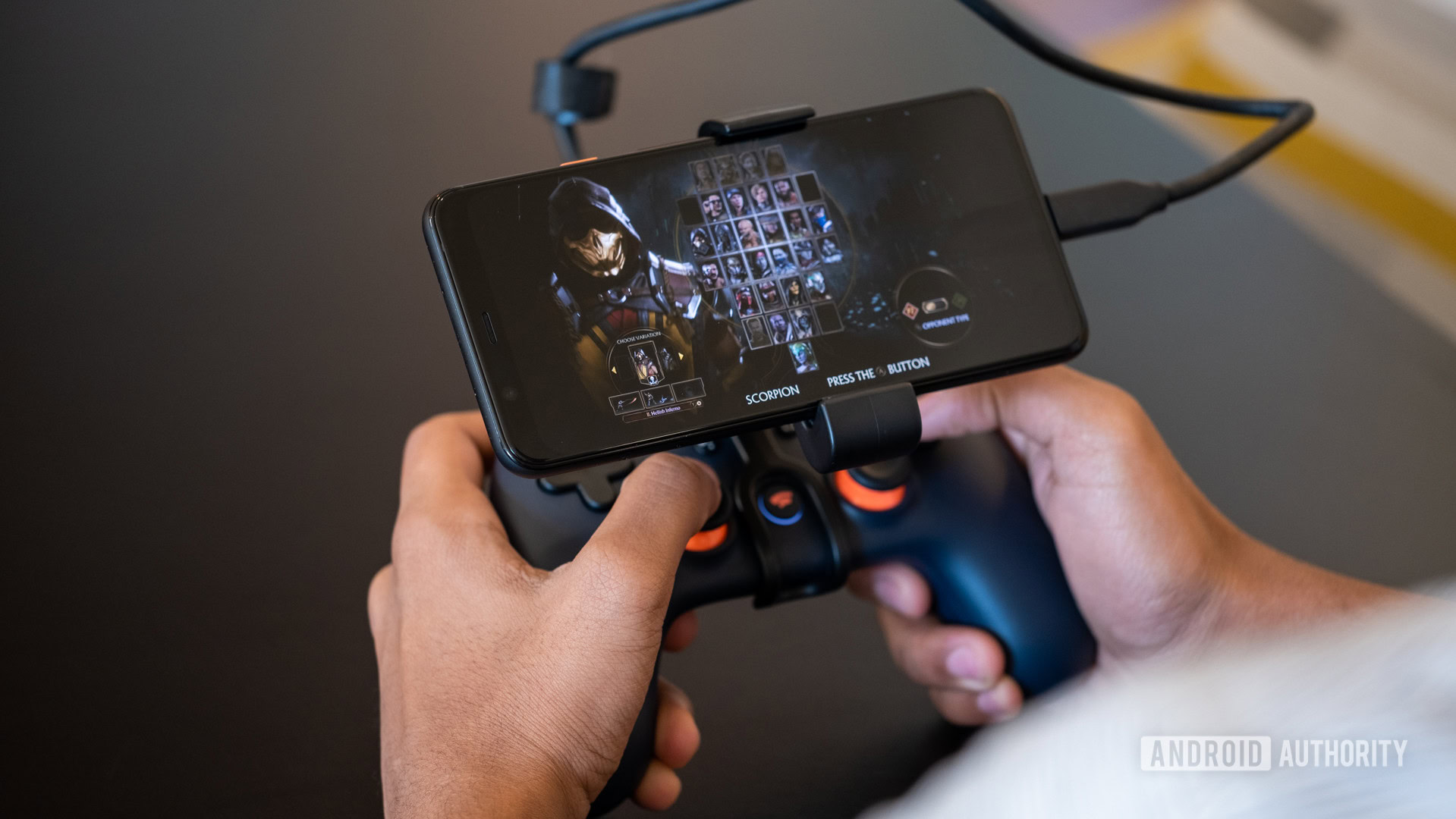
Google Stadia captured the imagination of millions of people when it debuted in closed beta in 2018. When it launched publicly in 2019, it offered some unique features and truly excellent ideas. However, with a poor understanding of the current gaming market, Stadia never took off the way Google hoped, and the company shut it down today, January 18th, 2023.
So, as we did with the demise of Google Plus and Google Hangouts, we’re going to take a look at why Google Stadia failed, what it could’ve done better, and what positive impacts it left on the gaming industry.
Google Stadia: A brief history
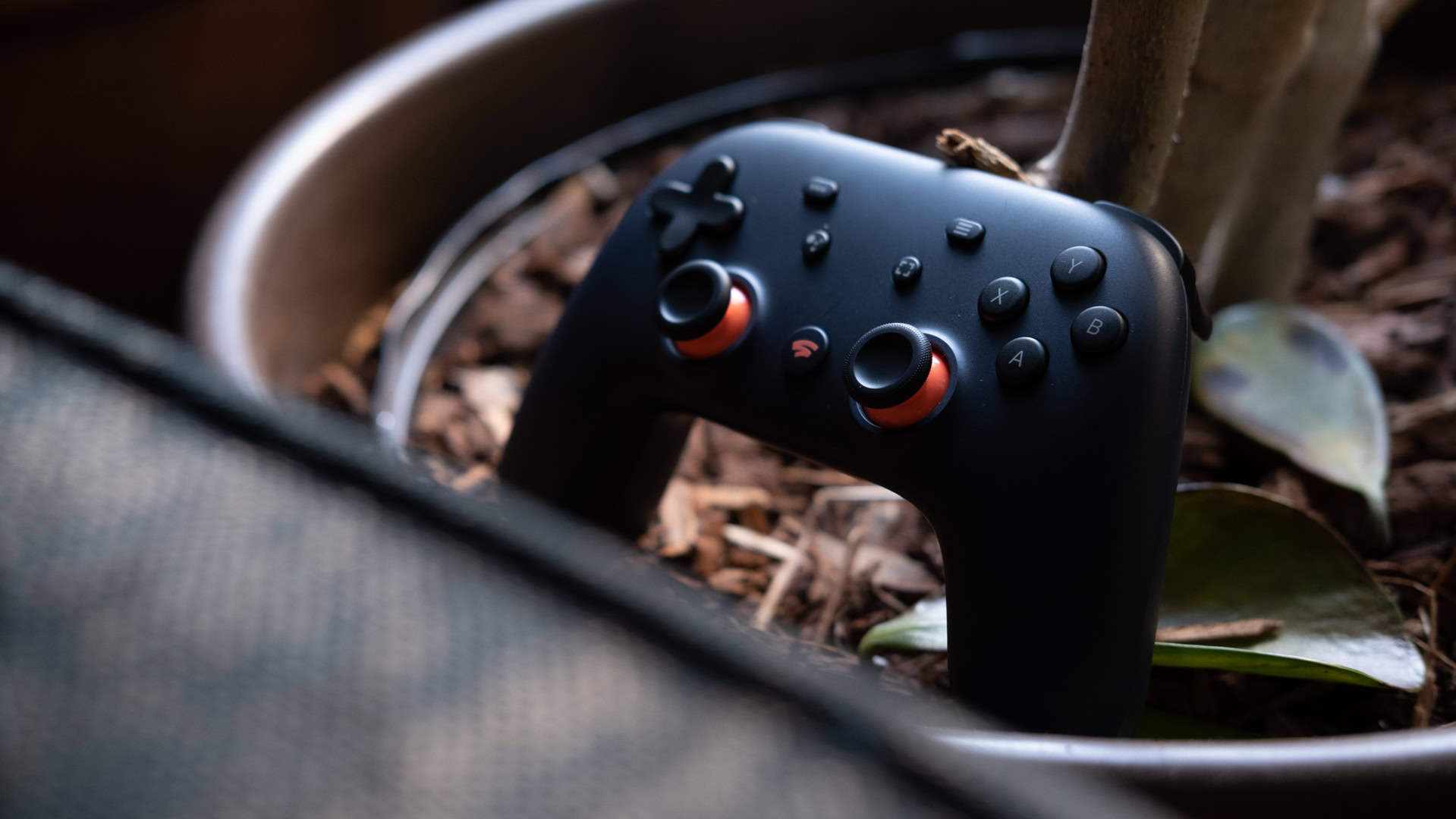
Google Stadia’s life can be accurately summed up in three distinct eras. There was the pre-launch era, back when it was called Project Yeti and Project Stream. Next was the post-launch era, where Stadia showed some signs of promise. Finally, the final years when it was increasingly clear that Stadia wasn’t here to stay.
The pre-launch era (2016-2018)
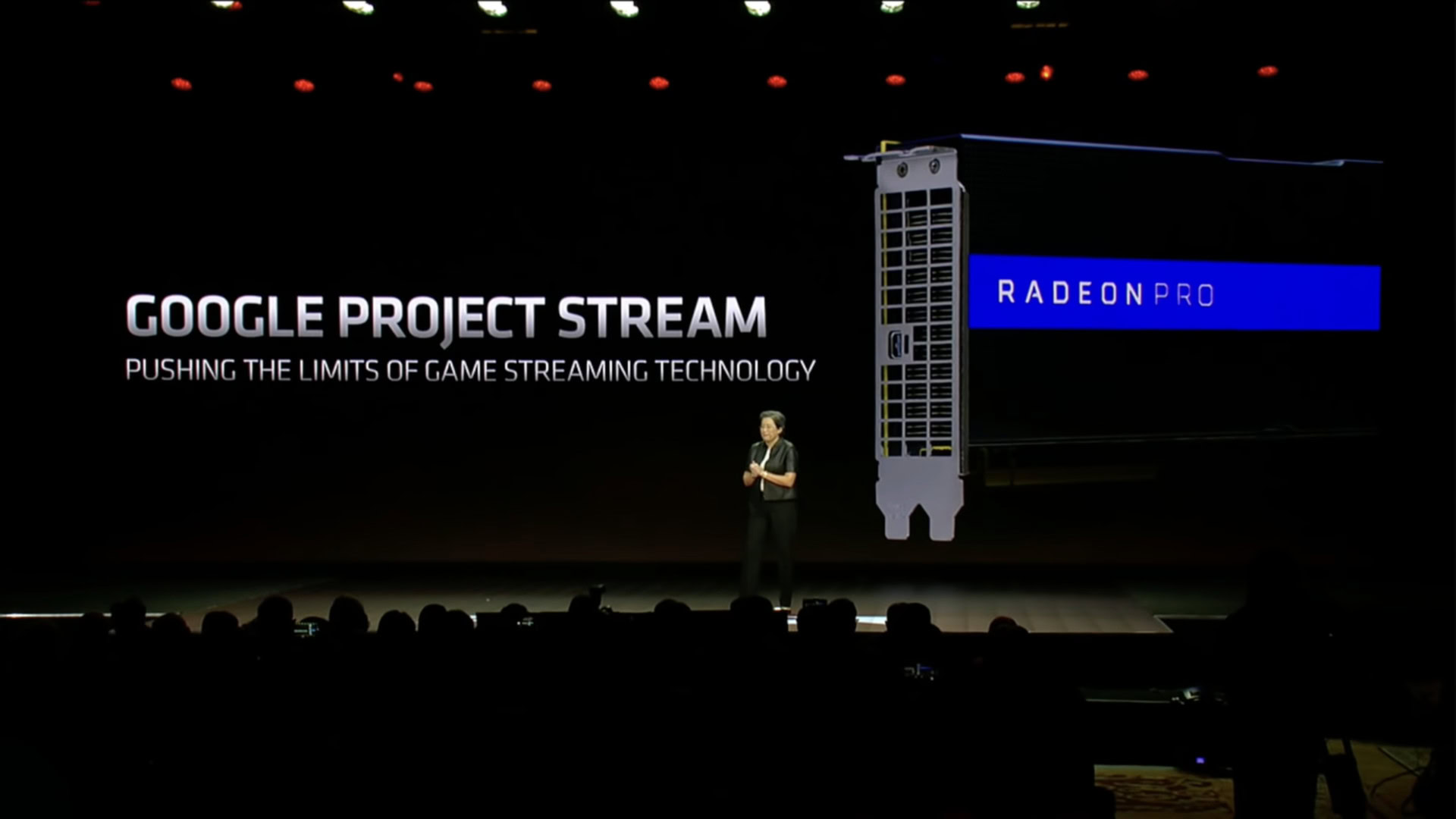
Google was rumored to be working on Stadia, then called Project Yeti, as early as 2016. Those days housed a cacophony of guesses and speculation from just about everyone until Google announced Project Stream in 2018. That’s when things started to get interesting.
The company held a beta test in late 2018 that extended into very early 2019. Even the early version had some insanely cool ideas, like being able to play video games from nothing more than a Chromium browser or a mobile phone with the Stadia app.
The pre-launch era was defined by speculation, which generated hype for features Stadia never intended to have.
But hype isn’t always a good thing, and one negative that Google never quite shook was the erroneous assumption that Stadia would be the “Netflix of gaming.” Google never once claimed such a thing. Instead, this was part of the previously mentioned speculation by the media and online water cooler spaces like Twitter and Reddit.
What started as speculation eventually turned into expectation, which would go on to damage Stadia post-launch.
The post-launch years (2019-2021)
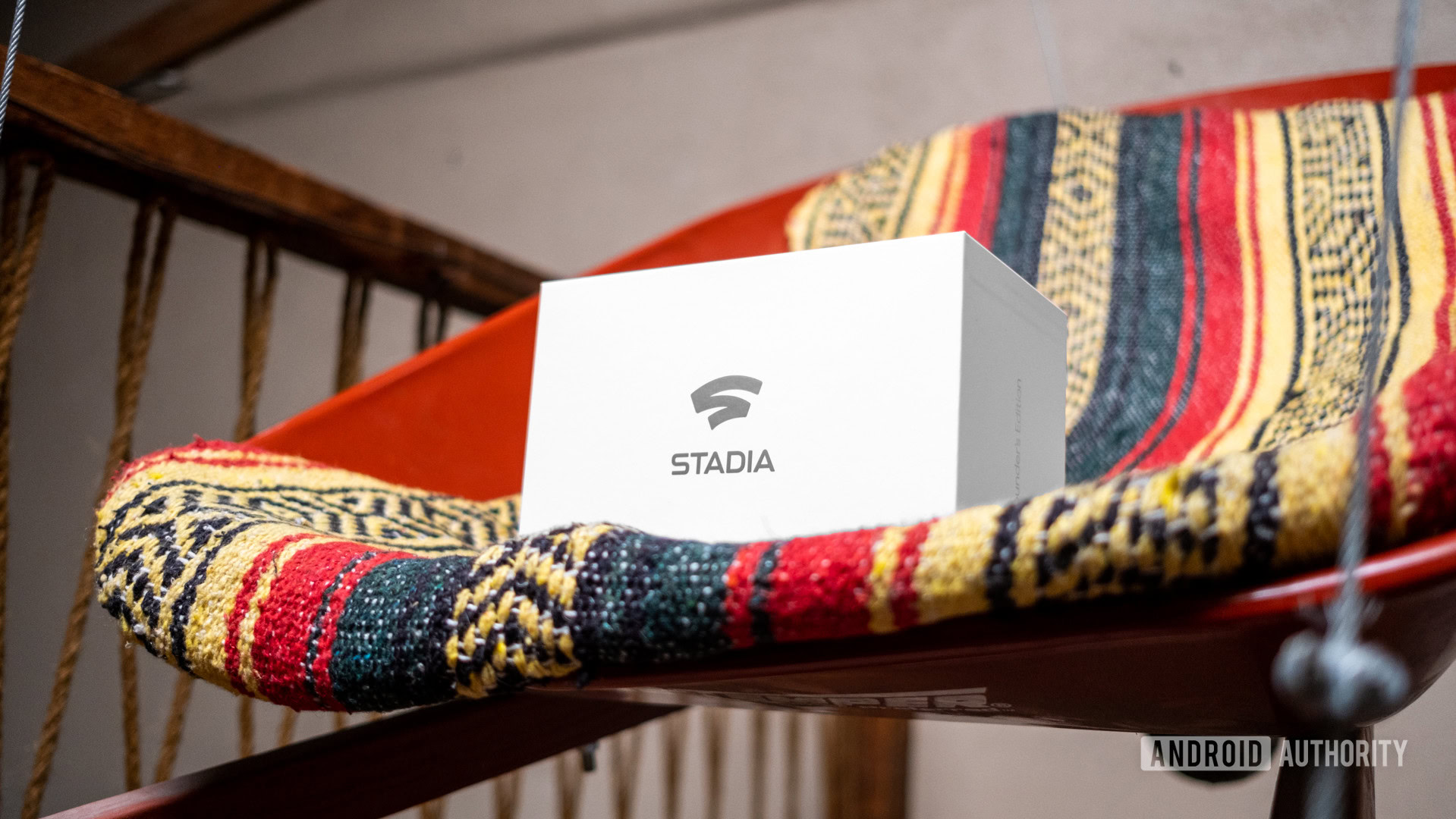
Stadia was officially announced at GDC 2019 and launched in November 2019. It positioned itself somewhere between traditional games consoles and Microsoft’s Xbox Cloud Gaming or Nvidia’s GeForce Now. You would buy the affordable hardware (a controller and Chromecast for your TV) and then buy games on the platform to stream at up to 1080p. From there, there was a $9.99 per month Stadia Pro subscription service that unlocked 4K streaming, HDR, 5.1 surround sound, free games, and game discounts.
On paper, that didn’t sound too bad, but the launch fell flat. The aforementioned “Netflix of gaming” hype didn’t pan out, leading to a controversial launch and lukewarm reception. While some focused on the good ideas and said the service had promise, others decided the semi-subscription service was dead on arrival.
This period also saw a whirlwind of news and movement. Google hired big-name gaming executives, bought studios, and tried to bolster Stadia’s game library size as quickly as possible. This, of course, led to overspending, and when growth was not as fast as Google wanted, things took a turn for the worse.
The end years (2021-2023)
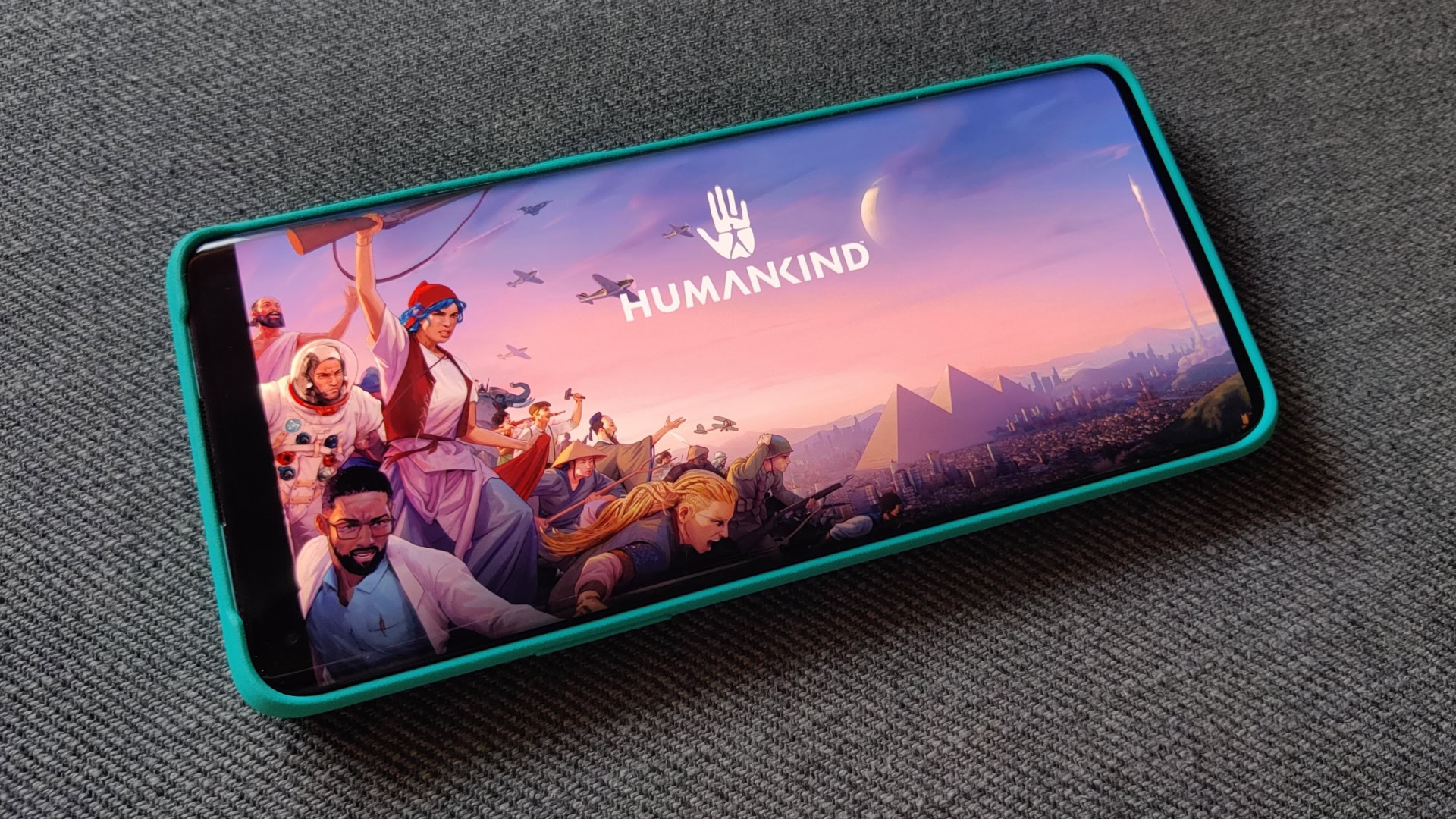
The end years started with the closing of Google’s Stadia Games and Entertainment department in February 2021. That decision also closed Typhoon Studios. This marked a turning point for Stadia as it attempted to focus more on being a publisher-friendly platform rather than developing first-party games like its direct competitors. This was also around the time Microsoft and Sony started scooping up much larger studios and expanding their console offerings. Later in 2021, six higher-ups from Stadia left Google.
Stadia still tried to make it work. Google announced over 100 new games coming in 2022, started pre-installing Stadia on new Chromebooks, and extended Stadia’s technology into a business product. At the time, it looked like Stadia was making tons of moves to improve its offering. However, in hindsight, Google was swinging for the fences to make this product profitable.
The end of 2022 saw Google give up for good. The company announced the end of Stadia in September 2022, hitting the off switch on the brand for good in January 2023. In the waning days of Stadia, Google refunded most purchases made on the platform, including the controller, and also let people unlock Bluetooth on their Stadia controllers for use with other gaming platforms.
What did Google Stadia do wrong?
So let’s get into where Stadia probably went wrong. The list isn’t terribly long, but each mistake was rather costly for the cloud streaming platform. There were also a host of smaller issues. For example, consoles and PC players have more robust LFG (looking for group) systems than Stadia did.
It was not the Netflix of gaming
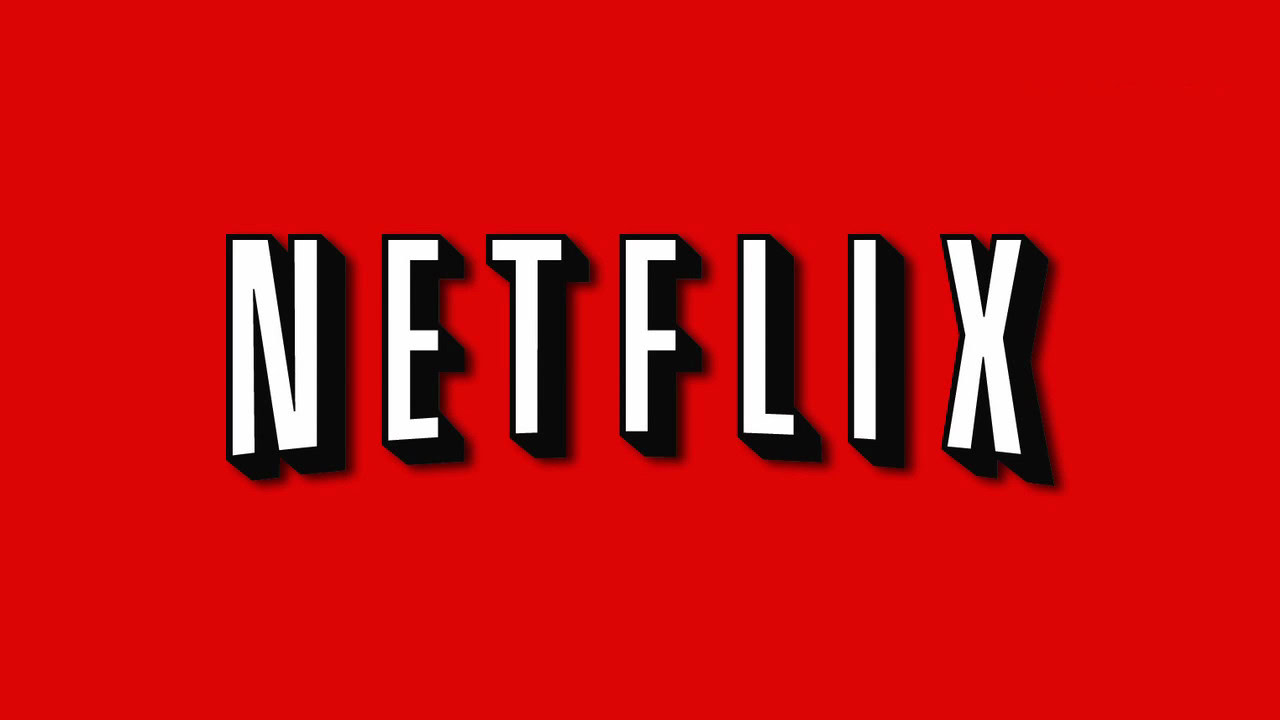
This was probably the biggest sin, and it wasn’t even one that Google directly committed. As we discussed earlier, the company never once marketed itself as the “Netflix of gaming.” The very idea stemmed from social media sites and journalists in the industry. In reality, Google was hoping to be a low-entry competitor to Steam, Xbox, and PlayStation.
It’s true that people want a Netflix-style system for gaming. After all, Xbox’s Game Pass is very successful, and, anecdotally, most of the people I play games with suggest I play something with the catch-all phrase “it’s free on Game Pass.” That kind of stuff sells itself. Plus, this model felt like a natural approach for Stadia’s streaming focus, and perhaps it had the opportunity to fill that niche back before Game Pass was as good as it is today.
However, that’s not what Stadia was ever meant to be. That’s just what a lot of people wanted it to be. Stadia never shook that initial disappointment.
It did a poor job catering to new gamers
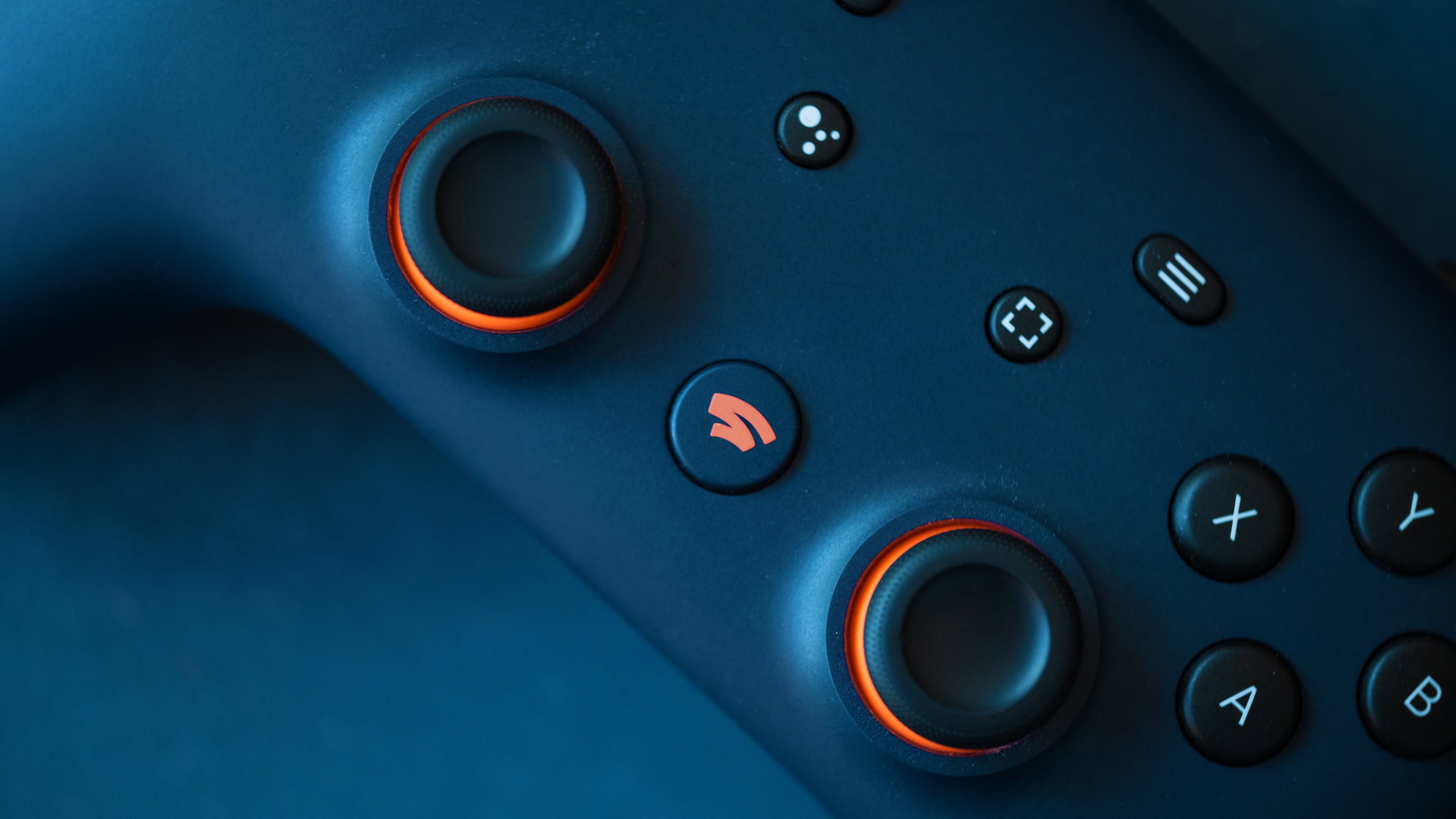
Stadia was built for folks who may want to game but found the existing gaming market too time-consuming or expensive to get into. That certainly sounded more viable than trying to compete head-to-head with giants like Microsoft and Sony.
However, that strategy didn’t work out very well. The non-gaming community is getting smaller and smaller and things are very different from the world I grew up in. Estimates say that over 80% of teenagers already play video games at least some of the time, regardless of gender. Younger people likely already own game consoles or gaming PCs and certainly weren’t going to buy their games again on Stadia. Unfortunately for Google, the minuscule market of older, time/cash-strapped consumers didn’t leap at Stadia either.
Stadia also had some stricter requirements than your traditional console. You had to be constantly online and in a region where there was a Stadia data center, or your streaming connection wasn’t good enough to game. This limitation wasn’t immediately noticeable in the US for the most part, but international support wasn’t great, with only a handful of countries with Stadia support. Looking at that list, Stadia sold straight into existing hotbeds for competing gaming systems, which made it even harder to justify choosing Stadia over established consoles. It also alienated anyone with a slower or unstable connection, regardless of location. And even if you had the best internet connection at home, you couldn’t play on planes, trains, subways, or during an internet outage.
Stadia didn't always make things easy for its already small target market.
Making matters worse, Stadia didn’t always integrate well with other platforms. This was especially noticeable in the first couple of years of existence. For example, Destiny 2 is a multiplayer game but Stadia didn’t support cross-platform voice chat until 2021. After that, Stadia still has worse than average LFG potential and no Discord support, making cross play less enjoyable on Stadia. You could always boot up Discord or similar on your PC and Xbox (with PlayStatiok support coming in 2023), but that’s not exactly the quick-start experience Google marketed for Stadia.
It didn’t appeal to existing gamers either
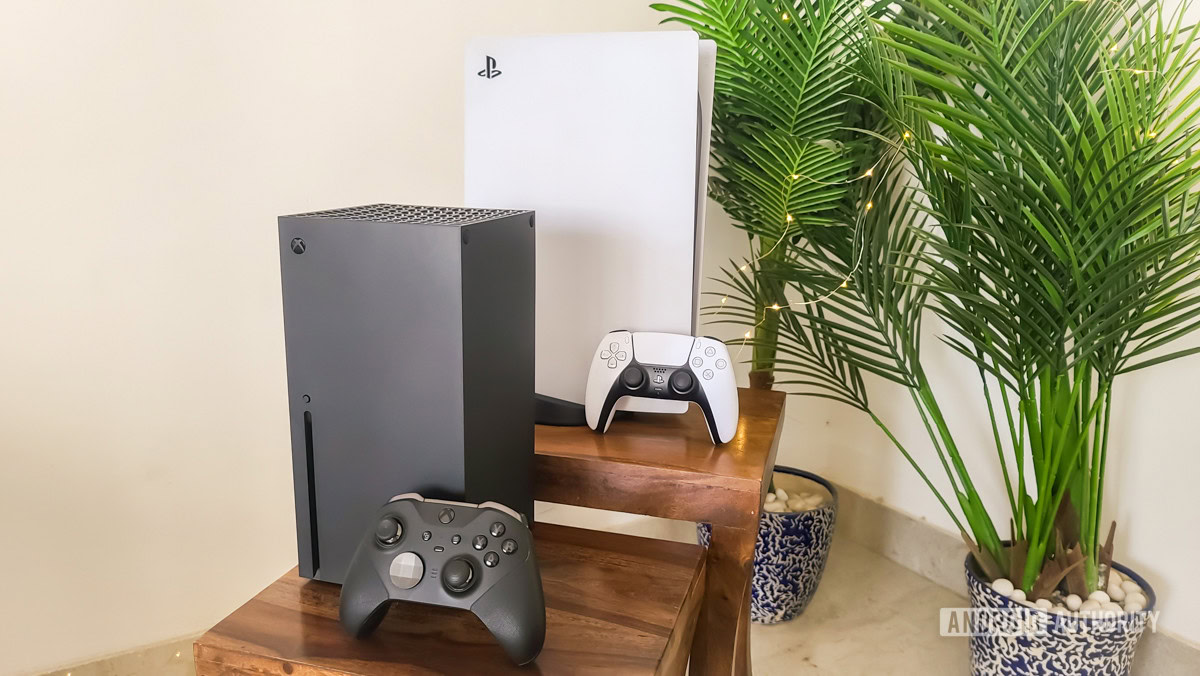
Although Stadia may have had a headstart on many game streaming ideas, console and PC gaming quickly caught up to all of Stadia’s unique features. This really signaled the end of Google’s gaming ambitions.
Xbox’s Game Pass became the gaming subscription that people were asking for. Meanwhile, Steam, Xbox, and PlayStation all have cloud gaming options to take your games anywhere. Any unique appeal Stadia had simply vanished to those already embedded in a gaming ecosystem.
Stadia's biggest problem was that gamers weren't going to abandon their existing game libraries to play in the cloud.
However, that wasn’t Stadia’s biggest issue. As an existing console and PC gamer, I have a huge library of games, from single-player JRPGs like Tales of Arise to PC indie sweethearts like Phasmophobia. I couldn’t take this with me to Stadia, which begs the question; why would anyone abandon hundreds (if not thousands) of dollars worth of games to buy them all over again?
Stadia also suffered from a lack of popular titles and never really landed the compelling first-party exclusives you’ll find on other consoles. A lackluster library made it even more unappealing for established gamers to move to Stadia as their main platform.
The reasoning is a little technical. Stadia used AMD hardware on a Linux-based operating system that’s quite different from consoles, so developers had to port their game to a new platform. The cost, time, and effort made little sense with Stadia’s smaller player base, and so a lot of great games weren’t ported to Stadia, even during its brief heyday. While everybody was enjoying the buzz of Fortnite, Valorant, Genshin Impact, or Elden Ring, Stadia players were isolated from all of the fun.
And finally, the unpredictable latency of Stadia made it a no-go for any serious or competitive gamer.
What did Google Stadia do right?

We’ve spent the entire article highlighting the issues with Google Stadia, but it brought some good things with it too. It might even be a great idea a decade from now when even the average internet connection is superfast with very low latency.
Perhaps Stadia was ahead of its time. So, here are the good things it did, and the impact it left on the gaming scene.
- The ability to run on any screen almost instantly was really cool. In terms of ease of use, Stadia stood head and shoulders above its competitors. NVIDIA’s GeForce Now comes close but can be clunky on TVs. Xbox’s Cloud Gaming is getting better but isn’t there yet. Stadia truly was ahead of its time when it comes to simplifying cloud gaming.
- In our experience, input latency on Stadia was measurably better than on other cloud gaming platforms when purely measured from the cloud, thanks to Google’s predictive machine learning smarts. Others should take note. The only systems that beat Stadia in this arena are ones that use a user’s local network to stream a game directly from the in-home console to a smartphone, like Xbox’s Remote Play.
- Some games that saw a Stadia release often didn’t have the same day-one bugs as console and PC versions. A notable example is Cyberpunk 2077, which worked nearly flawlessly on Stadia when it was a pile of garbage everywhere else.
- Stadia let people play AAA games the same way that people play mobile games. A few minutes here, another few minutes there, and whenever they could. This was enjoyed by non-gamers more than avid gamers who carve out time for their hobby, but it was still nice to be able to stream a video game to your Google Nest Home in the kitchen while your pizza was in the oven.
RIP Google Stadia
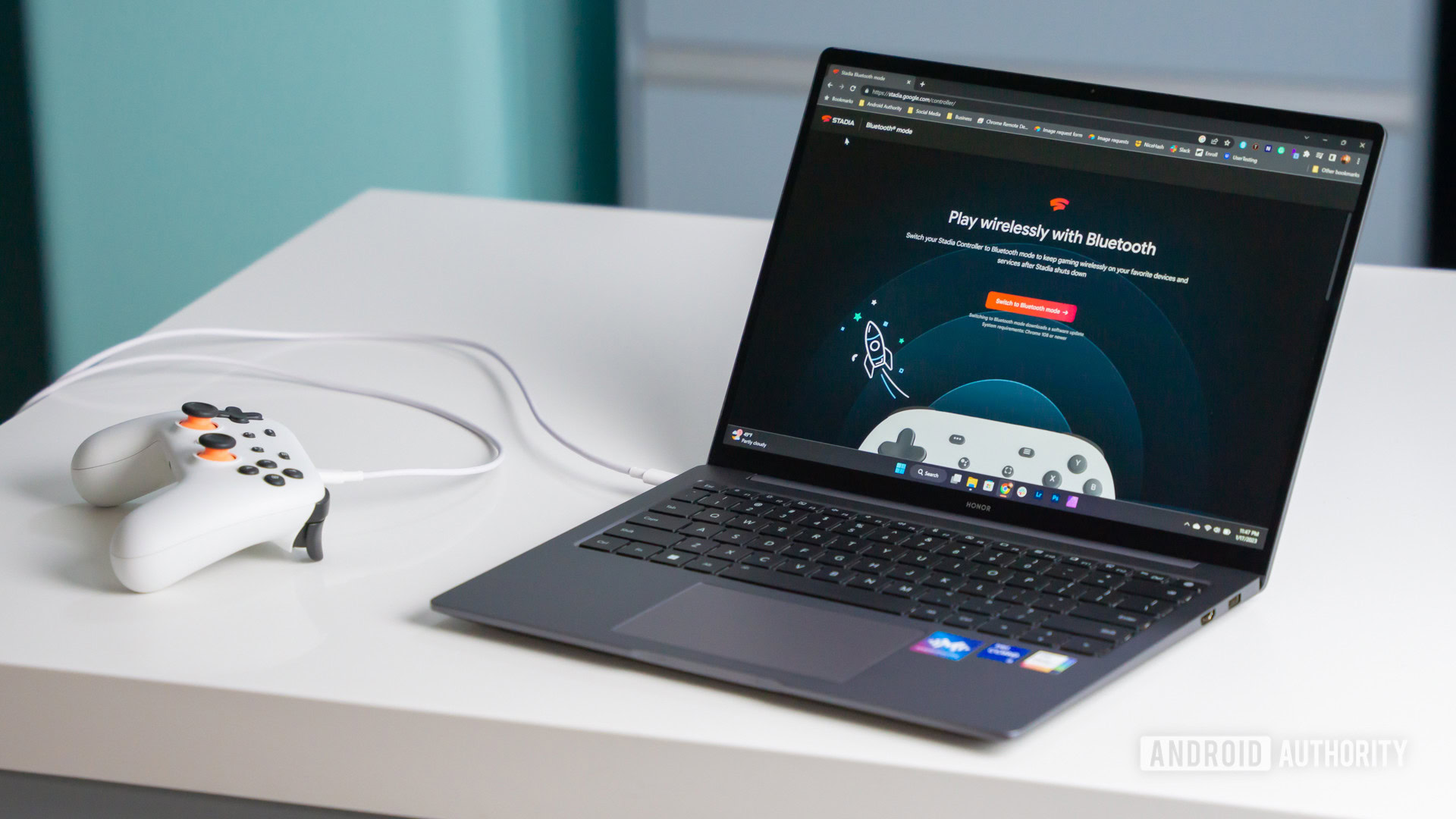
Google Stadia did a lot of things right but a few too many things wrong. Google’s streaming technology showed heaps of promise, but the company never quite seemed to get to grips with what makes gaming such a popular hobby. Cross-platform play, services like Discord and Twitch, a huge back catalog of classics, subscription freebies, and more, are just as big a part of modern gaming as the latest and greatest titles.
However, I personally believe that the biggest flaw in its execution was not understanding what made gaming hardware successful and its expense justifiable to begin with. Our machines serve many purposes. Later tonight, when I play Destiny 2 on Xbox with the boys, they’re going to log off of the game, switch to a video streaming service, and put on some white noise to fall asleep to. Tomorrow, I’m going to log into my other gaming machine — a PC — and earn a living writing articles. Stadia’s cheaper entry point argument becomes moot when you consider the other benefits of a more traditional gaming setup.
The most successful gaming products do something other than play video games. It's a strategy that has worked for two decades, and Google Stadia missed it.
Stadia saw gaming as its own separate thing. With a strong enough product proposition, an excellent catalog, and fewer flaws, it might have been able to get away with it. But that’s not something Stadia was ever able to deliver.